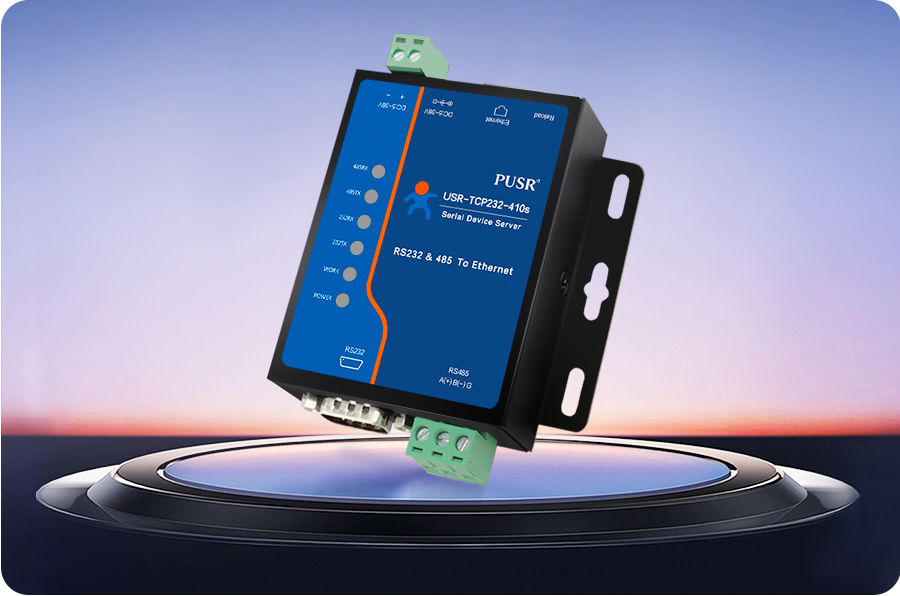As a senior research and development engineer in the Industrial Internet of Things (IIoT), I have a deep understanding of the complexities and nuances involved in connecting devices across networks. One crucial aspect of this connectivity is the use of Serial to Ethernet Adapter, which play a pivotal role in bridging the gap between traditional serial devices and modern IP-based networks. In this article, I will explain how a Serial to Ethernet Adapter transforms an IP address into a virtual serial port, simplifying the integration of serial devices into the digital world.
Firstly, let's define what a Serial to Ethernet Adapter is. A Serial to Ethernet Adapter, also known as a serial-to-Ethernet converter, is a hardware device that allows serial devices to connect to a network. It accomplishes this by converting the serial data stream from the device into network packets that can be transmitted over an IP-based network. Conversely, it also converts incoming network packets back into a serial data stream for the connected device to understand.
Now, let's delve into the process of how a Serial to Ethernet Adapter creates a virtual serial port through an IP address.
The first step is the configuration of the Serial to Ethernet Adapter. This involves setting up the network parameters such as the IP address, subnet mask, and gateway, which enable the server to communicate with other devices on the network. Additionally, the serial parameters like baud rate, data bits, stop bits, and parity must also be configured to match the requirements of the connected serial device.
Once the Serial to Ethernet Adapter is properly configured and connected to the network, it becomes accessible through its assigned IP address. This IP address serves as a unique identifier for the server on the network, allowing other devices to communicate with it.
The key functionality of the Serial to Ethernet Adapter lies in its ability to create a virtual serial port on a connected computer or device. This virtual serial port acts as a bridge between the network and the serial device, emulating the behavior of a physical serial port.
To establish this virtual serial port, special software or drivers are typically required on the computer or device that will interact with the Serial to Ethernet Adapter. These drivers allow the operating system to recognize the Serial to Ethernet Adapter as a valid serial port, even though it is physically connected through a network interface.
Once the virtual serial port is established, it can be used just like a physical serial port. Applications or software that are designed to communicate through a serial port can now seamlessly interact with the connected serial device, even though it's physically located across the network.

The beauty of this setup is that it removes the need for physical serial cables and ports, greatly enhancing the flexibility and scalability of the system. Serial devices can now be located anywhere on the network, providing unprecedented access and control from remote locations.
Moreover, the use of IP addresses allows for easy integration with other IP-based systems and technologies. This opens up a world of possibilities for industrial automation, remote monitoring, and data collection from serial devices.
In conclusion, a Serial to Ethernet Adapter transforms an IP address into a virtual serial port by bridging the gap between serial devices and IP-based networks. Through proper configuration and the use of special software or drivers, it enables seamless communication between serial devices and computers or other devices connected to the network. This technology plays a crucial role in the digital transformation of industries, enabling the integration of legacy serial devices into modern, networked systems.